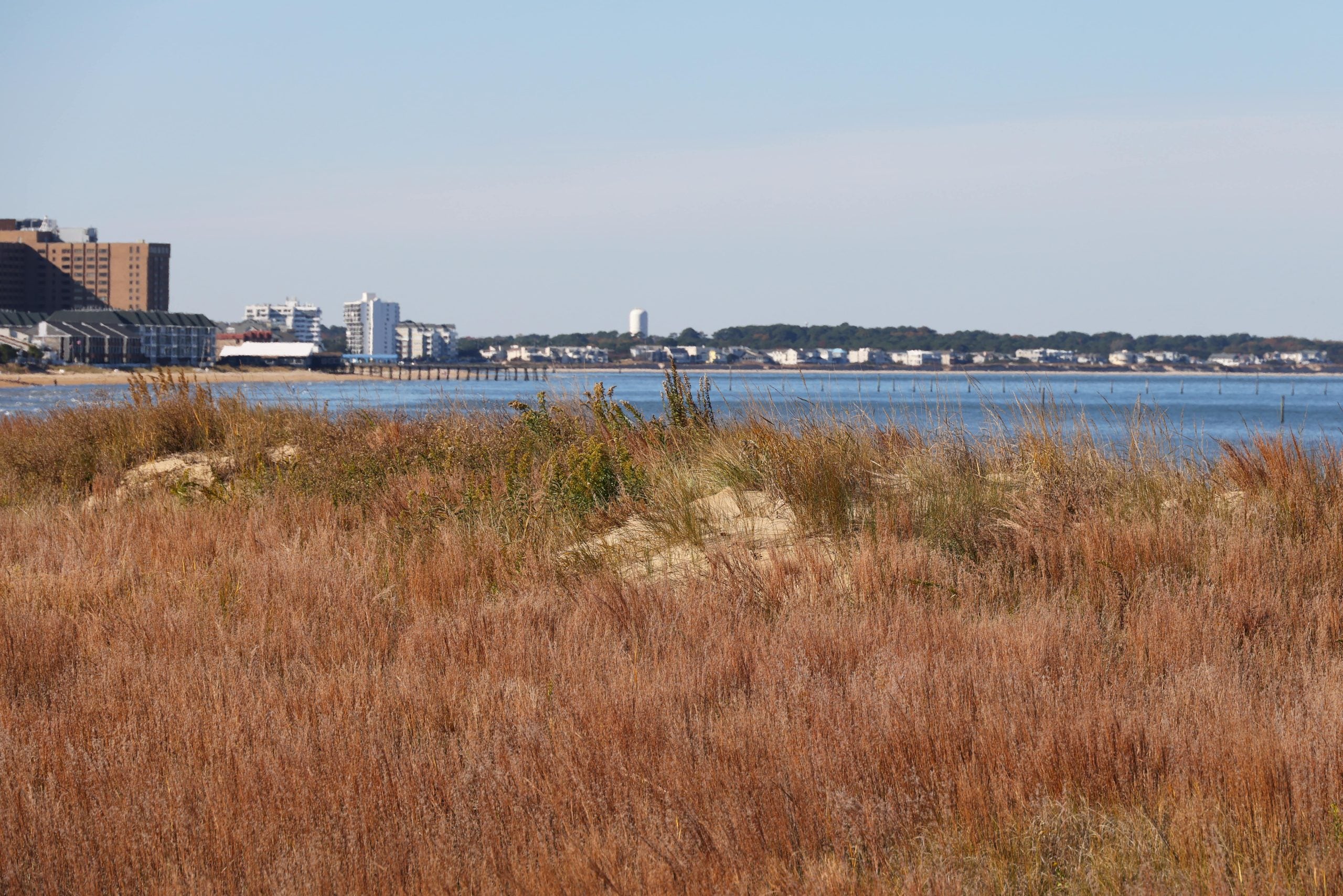The recent tornado in Louisiana and wildfires in Texas highlight the toll climate change is having on communities across the country. In 2021, the U.S. experienced 20 climate disasters that each cost at least $1 billion in damages, totaling $145 billion and resulting in the tragic loss of 688 lives.
The Federal Emergency Management Agency’s Building Resilient Infrastructure and Communities program is anticipated to significantly increase funding for local and state governments, federally recognized tribes and territories for projects that reduce the impacts from disasters like flooding, wildfires and droughts.
EDF commissioned AECOM, a leading global infrastructure firm, to conduct an analysis of prior BRIC applications to develop best practices and recommendations for securing funding for natural infrastructure projects through the program.
Here are ways this resource can help applicants increase their chances of securing this critical funding.
Despite increases in BRIC funding, competition remains high.
Established in 2020, FEMA’s BRIC program awards funds through a competitive grant application process to a variety of projects that help communities weather climate threats. Projects include natural infrastructure solutions like living shorelines, community adaptation projects like roadway elevations, and capacity building projects like hazard mitigation plan updates and engineering feasibility studies. FEMA’s BRIC program provides funding directly to states, tribes, and territories in its State/Territory category and to individual projects – capped at $50 million apiece in 2020 – in its National Competition category.
In its first year, BRIC received nearly 1,000 applications for $500 million in funding, of which only 406 — or 41% — advanced. Under the National Competition, the largest pot of funding, only 22 mitigation projects ultimately won funding. Of those, 18 had strong nature-based components, including 12 flood control projects.
While Congress and the President agreed to double BRIC funding to $1 billion in 2021 and funding is expected to further increase, demand and competition remain at an all-time high. The most recent BRIC grant cycle received a record-setting $4.16 billion in applications. FEMA will announce awards this summer.
With so much more demand than funding available, there is hope federal leaders will increase funding for this important program. Regardless, such stiff competition means applicants should prepare the strongest applications possible.
AECOM examined successful applications to create a “cheat sheet” of best practices.
To develop best practices, AECOM first conducted a thorough analysis of prior successful BRIC applications. They interviewed a range of individuals knowledgeable of the review process, including FEMA, NOAA and USACE agency staff, as well as city officials and members of the private sector who helped develop winning applications. AECOM also conducted a thorough literature review of nature-based solutions for hazard mitigation.
AECOM’s cheat sheet provides practical and pragmatic ideas for improving future applications. They recommend verifying that your project is eligible for funding by ensuring the project will reduce natural hazards and that a local hazard mitigation plan exists. This is a key foundational step that, when missed, prevents many applications from moving forward. Other general tips include starting your application early, engaging partners in your state’s hazard mitigation office and anticipating follow-up questions.
The resource also outlines important technical and qualitative criteria, such as ensuring the project aligns with BRIC program priorities and leveraging independent data to support your proposal.
Successful applications also include a strong narrative, according to AECOM, which provides tips for developing one.
Finally, the cheat sheet outlines how to ensure your project is a strong contender as a nature-based solution, such as addressing climate change impacts by developing a landscape-scale project. It also details how applicants should prepare the Benefit-Cost Analysis, including accounting for comprehensive project benefits beyond simply quantifying damages avoided.
Opportunities remain to increase equity in BRIC program.
Developing a strong application requires resources and capacity that many vulnerable communities do not have. For instance, enlisting an experienced consultant to conduct the Benefit-Cost Analysis is often not an option for local governments with small budgets. Only two applications that qualified as small and impoverished communities advanced in the first BRIC cycle National Competition, which does not reflect the risks facing these communities. Importantly, FEMA has resources to help through their Direct Technical Assistance offering.
Last year, the Biden Administration included BRIC in the Justice40 Initiative, a whole-of-government effort to direct at least 40% of federal investments in climate and clean energy to benefit disadvantaged communities. In response, FEMA doubled its non-financial direct technical assistance to support 20 communities with project and application development and community-wide resilience needs for up to three years.
Overall increases in BRIC funding provide a tangible, near-term opportunity for communities to secure funding for innovative, forward-looking nature-based solutions. Leaders at all levels of government must act now to build equitable resilience to climate disasters, and this resource can help communities do that through funding from FEMA or other sources.










